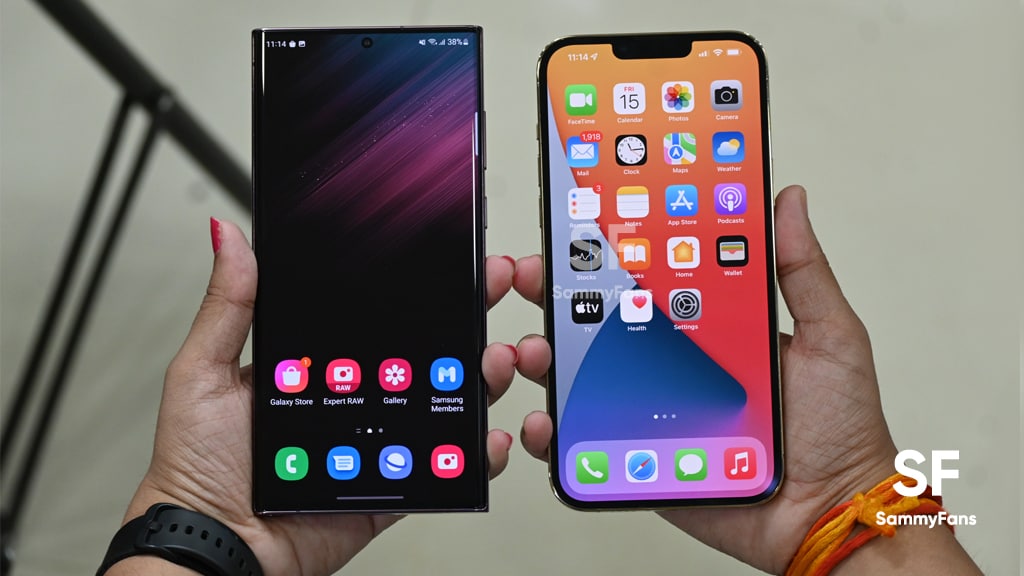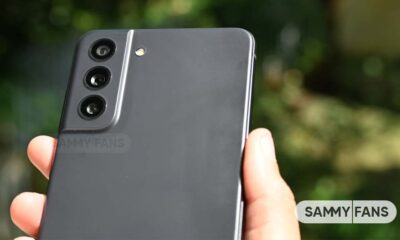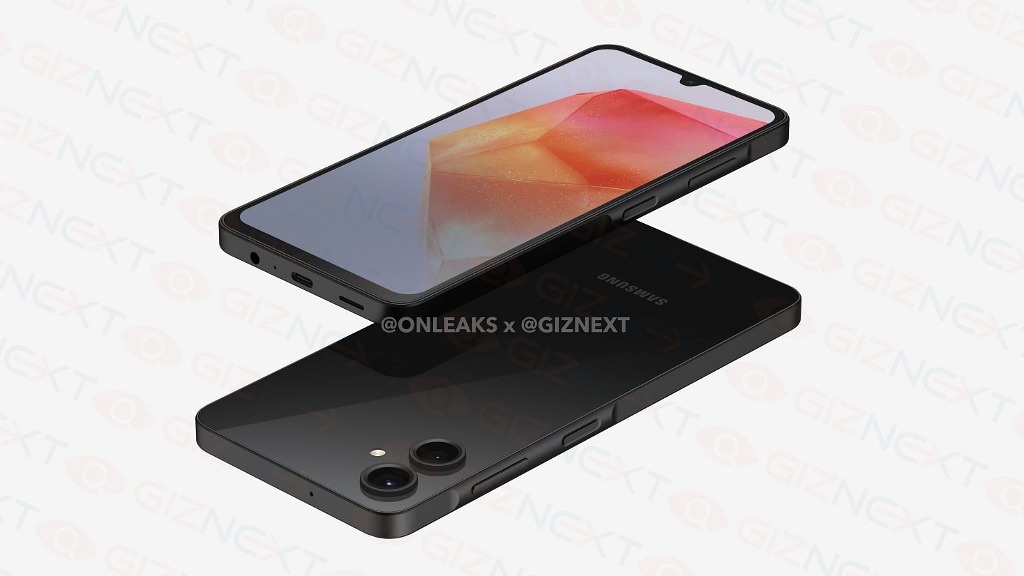News
Report shows Android ceding ground to iOS in the global OS market

Counterpoint Research recently published a new report on the Global smartphone OS (Android, iOS) market share in Q4, 2022. The analysis shows that Samsung-led Android’s reach is declining in the market, helping Apple’s iOS to grow and Huawei’s HarmonyOS to emerge on the chart.
Follow our socials → Google News, Telegram, Twitter, Facebook
In Q4, 2022, the global smartphone market declined by 14 percent YoY, and iOS emerged as a new player seizing the downfall to just 12 percent YoY, compared to Android’s 16 percent. Do note that Apple was the biggest smartphone seller in the fourth quarter of last year, beating the overall leader Samsung.
Global OS Market Android iOS Highlights
- Q4 OS Market Share –
- Android – 76 percent
- iOS – 22 percent
- HarmonyOS – 2 percent
- The iOS’ market share reached a record high in Q4 2022
- Apple received a boost from the launch of the iPhone 14 series
- Decline in global smartphone sale shifting market share between iOS and Android
- Global OS market was constantly changing in 2022, with iOS gaining & Android ceding ground

Android
As per the recent report from Counterpoint Research, Android has surrendered its ground to Apple’s iOS in the fourth quarter of 2022. High sales of iPhones and the declining market of Samsung and other Android vendors are the key factors behind Android’s decline.
iOS
Apple’s reach is expanding in key markets including India and China in the premium segment. As more and more people prefer upgrading to iPhone, it naturally benefits iOS. The report also shows that Huawei’s decline in China is helping Apple to grab the vacant market over Android vendors.
HarmonyOS
Analysts at Counterpoint revealed that the China-exclusive HarmonyOS accounted for 2 percent of the global smartphone OS market. However, Huawei’s own-grown operating system is an 8 percent shareholder in the Chinese OS market.
Global Market – Q4, 2022
Samsung was the market leader in the overall 2022 smartphone sales (source), but Apple led the Q4 period. In the fourth quarter of last year, Samsung’s share dropped by 15.4 percent YoY, while Apple grew by a sizzling 41.6 percent QoQ, thanking the new iPhone 14 series.
Read More:
News
Galaxy A06 renders glimpse at Samsung’s 2025 design language

Samsung Galaxy A06 design revealed in leaked renders. The images demonstrate how the company’s upcoming smartphone could be designed. The A series would focus on Key Island and larger camera rings.
Onleaks revealed design renders of Samsung Galaxy A06. The smartphone has recently made its appearance on the company’s support website. The recent developments hint at an imminent announcement of the handset.
Images show that the A06 features a dual camera on the back. The rings are now thicker than the previous Galaxy A phones. It somewhat matches the Z Flip 6 camera design, boasting dual sensors with thicker rings outside.
A bumped area will surround the volume and power keys on the right side. The company debuted it with some of 2023’s A series smartphones. It would be continued in the next-gen Galaxy A devices, with expansion likely to more budget models.

Over the past few months, Samsung’s upcoming A06 received certification from several smartphone authentication authorities including BIS, Bluetooth SIG, NBTC, and FCC indicating at is imminent India and international launch.
Rumors say Samsung is experimenting with a new design language for Galaxy phones. The next year’s S series flagships are also said to come with a radical redesign. The A06 renders give us a glimpse of the focus on camera rings.
Well, the Galaxy A06 packs a U-shaped notch screen, which is fine for the budget segment. It will have dual rear cameras and the display could expand to 6.7 inches. It features a compact flat frame design (167.3 x 77.9 x 8.0 mm dimensions).
The power key will integrate the fingerprint reader for biometric authentication. The handset will also be equipped with a 3.5mm audio jack alongside the universal charging port, Type-C. Samsung could launch A06 later this year.
News
Google Pixel 9 to outshine Galaxy S24 with Samsung’s latest OLED
Samsung’s latest OLED tech could debut in the Google Pixel 9 series. The next-gen Pixel flagships would outshine Samsung’s S24 Ultra in terms of display. It’s almost confirmed that the Google Pixel 9 series will use OLED based on the Samsung M14 material.
Featuring Samsung M14 OLED, Google Pixel 9 will become the best phones in terms of display quality. More upgrades like new camera sensors and an ultrasonic fingerprint reader could also be included in the upcoming smartphones.
A source inside Google (via AndroidAuthority) disclosed key details. M14 is Samsung’s latest OLED display technology, set to foster the Pixel 9 series. The new iteration offers better brightness and longevity, giving the Pixel 9 an edge over current flagships.
Apple’s upcoming iPhone 16 Pro lineup will also induct Samsung’s M14 OLED. Meanwhile, the Galaxy S24 series, released earlier this year, features the M13-based OLED. There are various advantages of the upgraded panel coming in Pixel 9.
Google’s Pixel 9 would get a 1,800-nit display, while the Pro and Pro XL screens could peak at up to 2,050-nit. It’s worth noting that the company lists HDR values for full-screen brightness, so localized peak brightness values will be even higher.
Samsung could introduce the Galaxy S25 series in January next year. The company’s next-gen flagships will likely feature the new OLED display tech. Meanwhile, its biggest rivals are utilizing the latest display technology in 2024 itself.
Google is gradually increasing its presence in the global smartphone market. The company is seriously expanding its mobile business. The next year’s Pixel phones would be equipped with 3nm processors manufactured by TSMC.
News
Here’s why Google Messages replaced Samsung Messages on Galaxy devices

Samsung’s latest foldable phones come with Google Messages by default. The company has now revealed the reason behind this move on Galaxy devices. Samsung says Google Messages replaced Messages to foster RCS adoption.
According to AndroidAuthority, a source explained Samsung’s decision to switch to Google Messages as the default messaging app. The recently released Galaxy Z Flip 6 and Z Fold 6 come with Google Messages with RCS enabled by default.
Looks like promoting Google Messages on Galaxy devices will boost RCS adoption. Samsung Messages isn’t already installed on newer phones. However, one’s stopping you from getting it on your Galaxy from the Galaxy Store.
While many apps support the RCS feature, Google Messages offer the best user experience. Making it a default messaging app is an effort to boost the adoption of RCS tech. Apple is also preparing to bring RCS chat functionality to iMessage for iPhones.
What Samsung source said:
- Even if messaging apps follow the RCS standard, the availability may be limited depending on which app the other party uses. That’s why we decided to make Google Messages the common messaging platform, allowing Galaxy users to communicate more freely. This also enables a messaging app to respond to changes of the RCS standard more quickly and efficiently.
Previously, Samsung devices launched in the US came with two messaging apps. This time, the company has removed the Samsung Messages. During the first setup, users are notified that Google Messages is the default messaging application.












